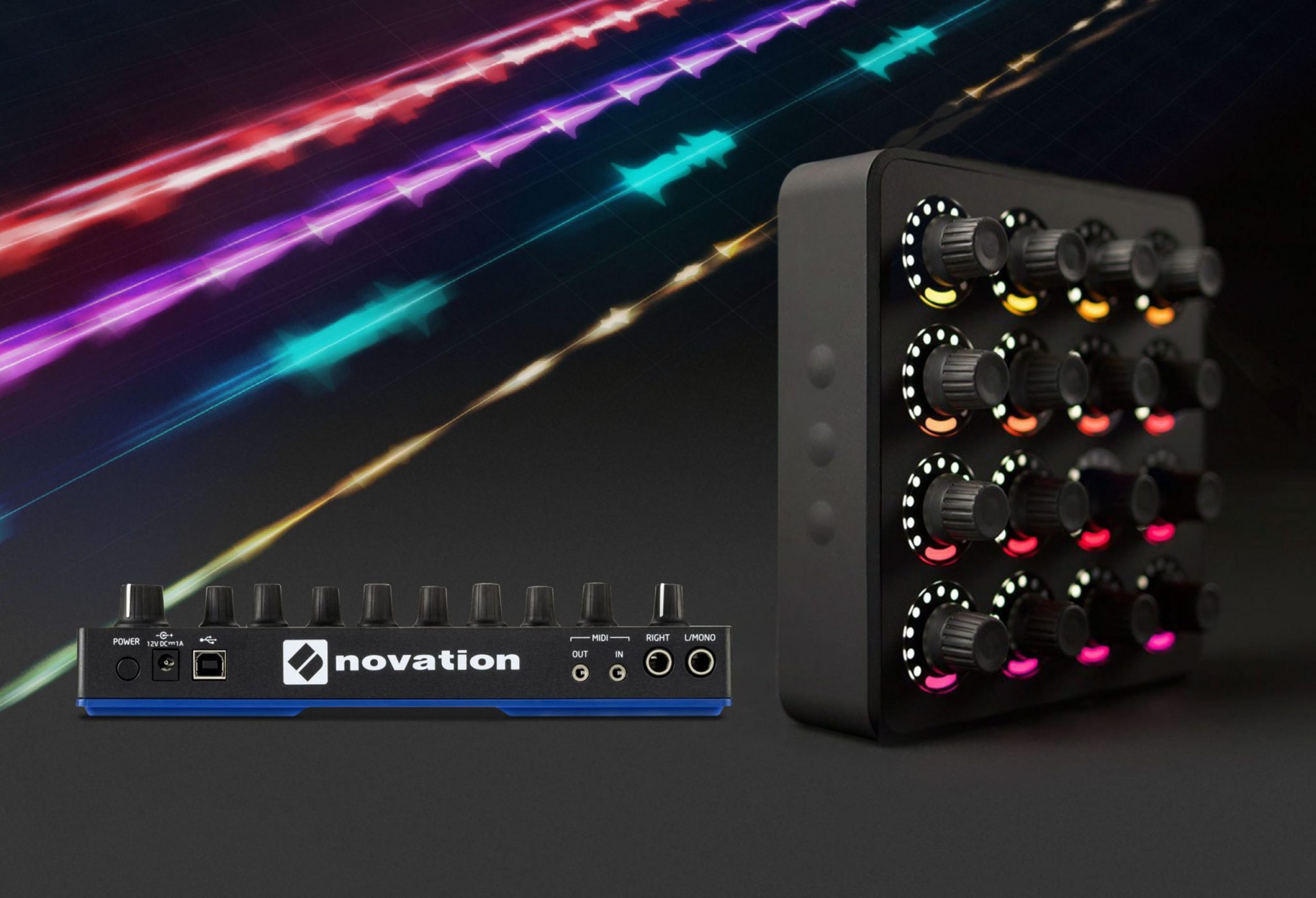I get it. Technology is complicated. Press releases are long and filled with marketing speak that doesn’t exactly make sense. And new things are really confusing. I, just like the rest of you, want to be sure my purchasing decisions are driven by accurate information, and the internet is filled with the exact opposite. It is rife with confusion, misunderstandings, and what sometimes just sounds like willing ignorance in the face of something new and/or different.
After Stems got announced, a lot of websites were peppered with comments asking the same questions, as well as concerns and complaints about the Stems format that just didn’t make any sense. We here at DJWORX want to make sure you all make the right purchases and decisions based on as much information as possible. In that spirit I reached out to Native Instruments to get some clarification on Stems, the format, their integration and just generally how they work. If you have further questions put them in the comments and, if they are appropriate, I’ll pass them along and we will keep this discussion going.
One of the big questions that was being passed around that I want to get clarification on is how these files are packaged. I know there is a limit of four stems, but does the stem.mp4 file also include a full mastered version of the song, or is it summing the four tracks together every time I play the file?
The fifth file in the MP4 is the original master, that way you can still use the Stem file and play it on 2-channel systems like CDJs, iTunes, etc.
Related to that, if the completed, mastered file is included along with 4 stem tracks, is it possible for me to remove aspects of my completed song and only isolate pieces of it that I want in stems? For example, if I do not want to include an accappella stem, and only want to include four stems of instrumentals (drums, effects, lead and bass) can I do that, while still allowing the full file to play?
When playing Stems, the original master is not used at all. Only the 4 Stem tracks will be used. With all Stem volumes at max, you get the mix as intended by the producer.
Because the Stem tracks are not related to the stereo mix track, it is possible to have these two things be completely different. You could, as you suggest, make a Stem File where the stereo track has vocals, but those vocals are nowhere to be found in the 4 Stem tracks. Therefore, when a user plays the Stems version, they’ll never get access to the vocals. So while this is technically possible to do, I imagine it will seriously piss off customers who buy the content if they don’t get the same parts in the Stems as in the original master. It could turn customers off from certain artists, producers, or labels if this tactic was used often.
So, you either play the stereo master without Stem control, OR you play the Stems. There is no in between. This is not some kind of hybrid where you can play the stereo master and then somehow switch to the stems right in the middle of playback, or use the stems to somehow “subtract” content from the stereo master. You’ll have to make your choice about which content to use from the start as there will be noticeable level shifts, timing shifts, and other anomalies if you tried to switch from one source to the other in the middle of playback.
Is there a way for me, as the user, to extract the stems when this format is released, without using Traktor? If I use Serato, will I be able to split this file apart and access the stems in any way?
Yes, because the Stem file is an industry-standard MP4 file, not something weird and proprietary. You can get a Stem File and load it into Audacity and access the 5 tracks it contains. We will publish all the specifications for the Stem File so that anyone—even Serato—can implement this. If they do, then you will be able to access the individual stems from that software. DAW manufacturers could offer direct Stem import and export functions if they wish since we will publish all the data on how to create these files and even provide the compressor/limiter. This file format is truly open.
Can you provide any updates as to other applications which will be supporting the Stems format on release
besides Traktor?
None yet since we have not yet published the specs on this format. But as soon as we do, any other manufacturer / software company can integrate this stuff. Reading the file is actually pretty easy—we really tried to keep things simple so everyone could make use of it.
This obviously isn’t every question you guys have, but it was what I could glean from the various complaints and concerns I saw passed around the internet. This new file format isn’t a world changing, brand new concept, but it’s the first time a major developer has proposed a viable standard, let alone given it away for free. It might not change anything, and it might not get adopted, but there are very few instances where new technology and standards have been bad.


